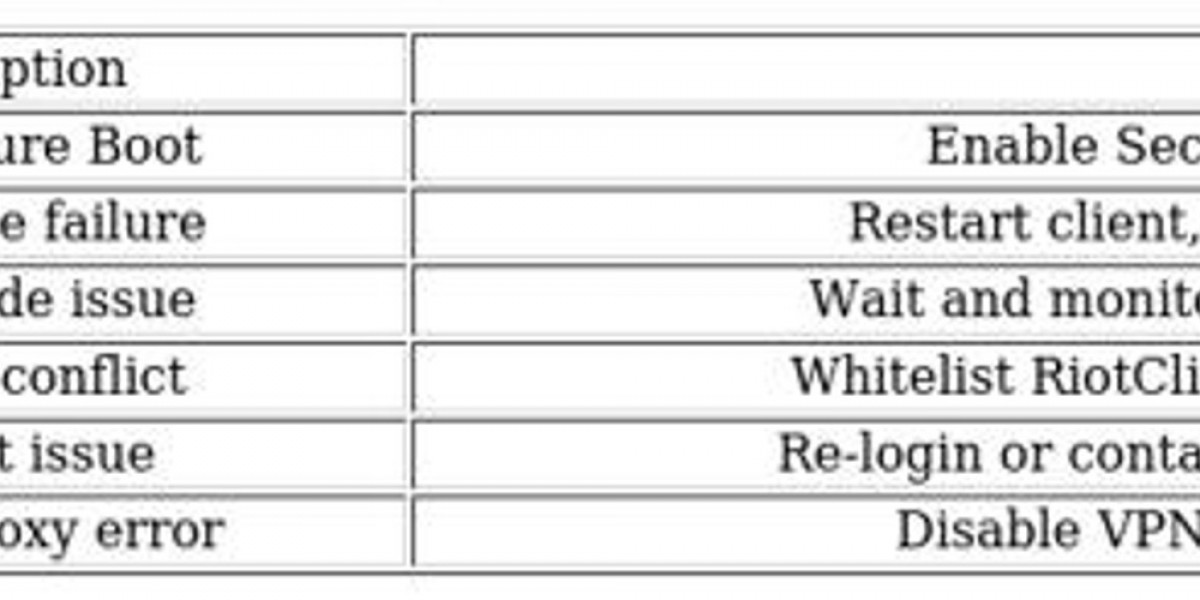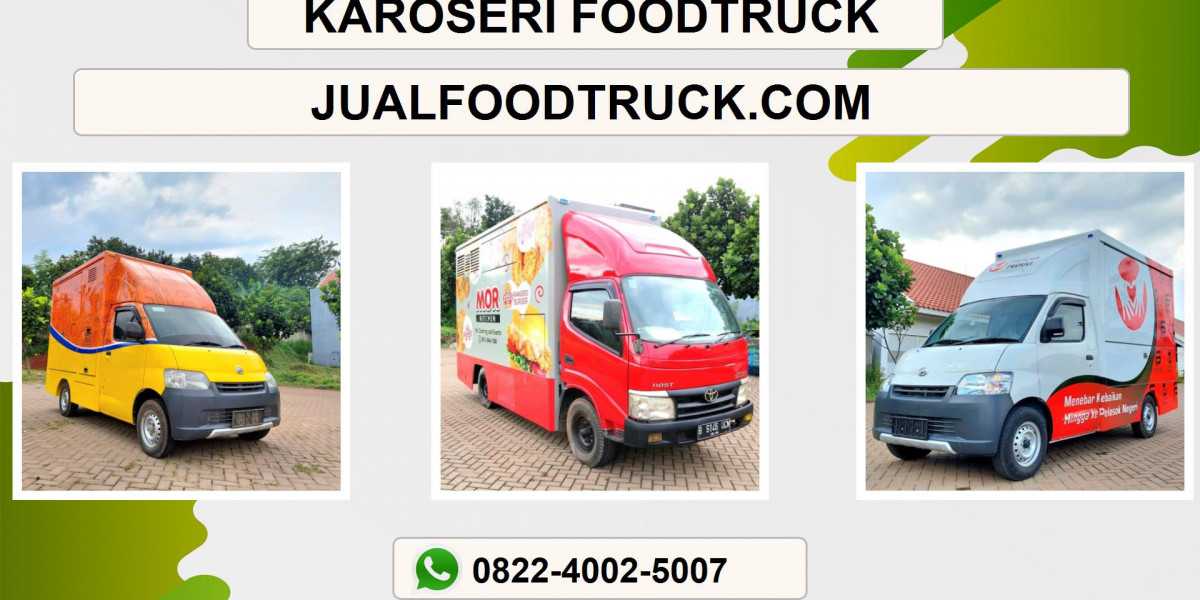Food packaging supplies serve as an essential component in the food industry, addressing the need for safe transportation, storage, and presentation of various food products. These supplies contribute to preserving freshness, extending shelf life, and ensuring food safety by providing suitable barriers against external elements such as moisture, air, and contaminants. With diverse materials available, each type of packaging is tailored to specific requirements, balancing practicality, cost, and environmental considerations. Advancements in technology have also led to the development of innovative and sustainable packaging options, meeting the evolving demands of the industry. Whether designed for single-use, reusable, or biodegradable applications, food packaging plays a crucial role in maintaining quality standards while adapting to increasing emphasis on sustainability. The exploration of varied packaging types showcases their contributions to functionality and their broader impact on the environment.
Plastic Packaging Solutions
Plastic packaging solutions are known for their versatility and protective qualities, making them suitable for a broad range of food products. These materials are resistant to damage and provide strong barriers against contaminants, ensuring food remains fresh during storage and transport. With a variety of forms available, such as films, containers, and wraps, plastic offers practicality for different packaging requirements. Recent developments in the industry focus on reducing the environmental footprint of plastics through improved recyclability and the introduction of compostable alternatives.
While traditional plastic packaging has faced scrutiny due to its ecological impact, efforts to incorporate sustainable practices and innovate with biodegradable options are gradually transforming its role in the food packaging sector.
Glass Packaging Options
Glass packaging options provide a high level of protection for food items, ensuring product integrity through their impermeable and non-reactive properties. This material is particularly suited for preserving liquids, sauces, and premium food products, maintaining flavour and freshness without introducing unwanted substances. Glass packaging is often chosen for its transparency, allowing the contents to be displayed effectively, which can enhance visual appeal. It is also highly recyclable, contributing to sustainability efforts within the industry.
However, its weight and fragility require careful handling during transportation and storage. Despite these challenges, the enduring qualities of glass, including its ability to maintain food safety and its compatibility with modern sterilisation processes, make it a preferred choice for specific food applications.
Metal Packaging Materials
Metal packaging materials, including aluminium and tin, are recognised for their excellent durability and protective properties. These materials effectively shield food from external factors such as light, oxygen, and moisture, making them ideal for preserving perishable goods. Commonly utilised for canned foods, beverages, and heat-resistant packaging, metals provide a reliable solution for long-term storage. Their malleability allows for the creation of various shapes and sizes to accommodate diverse food items.
Furthermore, metal packaging is highly valued for its recyclability, contributing to sustainable practices within the industry. Innovations in lightweight metal designs have further improved transport efficiency, supporting both environmental and logistical considerations. The long-standing use of metals underscores their reliability and practicality for food packaging needs.
Biodegradable Packaging Solutions
Biodegradable packaging solutions are designed to break down naturally, offering an alternative to materials that persist in the environment. They are typically produced from renewable sources such as cornstarch, sugarcane, or cellulose, providing a practical response to growing concerns about waste.
These materials are available in a variety of forms, including trays, wraps, and films, catering to different food packaging needs. While their decomposition process is an advantage, achieving the right balance between durability and environmental performance is a key focus for manufacturers.
Ongoing developments aim to address factors such as moisture resistance and strength to ensure biodegradable packaging remains effective in protecting food while also reducing its environmental footprint.
Reusable Food Containers
Reusable food containers contribute significantly to reducing packaging waste by offering a durable and practical alternative to single-use options. Crafted from materials such as stainless steel, glass, or high-quality plastic, these containers are designed to withstand repeated use while maintaining their functionality. Their adaptability makes them suitable for a variety of purposes, including meal storage, takeaway services, and bulk food purchases.
Additionally, reusable containers often feature airtight seals or compartments, preserving food freshness and preventing cross-contamination. They support cost-saving practices for businesses and individuals alike by eliminating the need for disposable packaging. As the focus on sustainability grows, reusable food containers continue to gain prominence, aligning with efforts to promote environmentally conscious packaging solutions.
Vacuum Packaging Technology
Vacuum packaging technology utilises the removal of air to create an airtight environment, which significantly slows the natural degradation of food products. By minimising oxygen exposure, this method effectively inhibits the growth of spoilage-causing microorganisms, maintaining the quality and freshness of a wide array of items such as meats, cheeses, and dried goods.
This packaging solution is particularly valuable in large-scale food storage and distribution, as it helps to reduce waste and optimise storage space. With advancements in machinery and materials, vacuum packaging has evolved to meet the demands of modern food preservation, providing efficient and reliable methods for maintaining product integrity during extended storage periods or transportation.
Paper Food Packaging Supplies
Paper Food Packaging Supplies are widely recognised for their adaptability and their minimal environmental impact. As a sustainable option, paper packaging is often made from renewable resources and can be easily recycled, aligning with growing ecological priorities. Its lightweight and cost-effective nature makes it suitable for a variety of food items, including baked goods, dry snacks, and takeaway meals. Grease-resistant and moisture-resistant variants enhance its usability for foods with specific packaging needs.
Additionally, paper packaging allows for customisation, offering businesses an opportunity to create visually appealing designs that improve their brand identity. With advancements in technology, the strength and durability of paper packaging have improved, enabling it to meet the requirements of modern food storage and transport. Its biodegradable qualities also provide an alternative to non-compostable materials, supporting efforts to minimise waste and reduce reliance on plastics.
Flexible Packaging Solutions
Flexible packaging solutions are a practical choice for preserving a wide range of food products due to their lightweight and adaptable design. This type of packaging includes items such as pouches, bags, and wraps, which can be tailored to various shapes and sizes, accommodating specific product needs. Its space-efficient nature minimises storage and transportation requirements, making it cost-effective for businesses. Furthermore, flexible packaging often incorporates advanced barrier properties, protecting contents from moisture, air, and contaminants.
These features make it particularly suitable for items such as dried foods, sauces, and frozen goods. The ability to integrate creative designs and resealable options enhances its functionality, offering convenience while catering to diverse packaging demands within the food industry.
Eco-Friendly Packaging Innovations
Eco-friendly packaging innovations focus on reducing the environmental impact of traditional food packaging by utilising sustainable materials and processes. These include compostable and biodegradable options made from renewable resources such as plant-based polymers or agricultural by-products. The incorporation of recycled materials also supports waste reduction efforts, providing a circular approach to packaging.
Advanced manufacturing techniques are improving the durability and functionality of eco-friendly options, ensuring they meet industry standards while promoting environmental responsibility. Innovations such as water-based inks and adhesive-free designs further enhance sustainability.
These developments are shaping packaging solutions that align with ecological considerations, demonstrating how the industry continues to adapt to shifting priorities without compromising on the essential aspects of food safety and quality.
Insulated Food Packaging
Insulated food packaging plays a pivotal role in safeguarding the temperature of perishable items during transit, ensuring food remains at its intended state. These packaging solutions often utilise materials like insulated foams or thermal wraps, which are designed to maintain consistent temperatures. Their use is particularly critical in sectors like meal delivery and catering, where preserving quality is essential.
Insulated packaging reduces the risk of spoilage, thereby enhancing food safety standards. It is also adaptable to various forms and sizes, catering to a range of food products, from chilled beverages to hot meals. Advances in material technology are improving the efficiency of insulation while addressing environmental concerns, making insulated options increasingly functional and sustainable.
Edible Packaging Developments
Edible packaging developments offer an innovative approach to reducing waste by using consumable materials crafted from natural sources such as seaweed, rice, or potato starch. These materials are designed to hold food securely while being safe for consumption, presenting an opportunity to rethink traditional packaging methods. They provide a dual purpose of food containment and reduced environmental impact.
Despite being in the early stages of widespread adoption, edible packaging holds promise for addressing packaging waste. Ongoing efforts focus on improving durability, extending shelf life, and ensuring compliance with food safety standards to meet the practical demands of the food industry.
Smart Packaging Technologies
Smart packaging technologies integrate advanced features such as sensors and indicators to monitor the condition of food products, offering valuable insights into freshness and safety. These innovations facilitate improved inventory management by enabling real-time tracking of quality and shelf life.
QR codes are often incorporated to provide detailed product information, enhancing transparency within the supply chain. With continuous advancements, smart packaging is addressing industry challenges by promoting efficiency, reducing waste, and supporting the optimisation of food storage and distribution processes.
Conclusion
The world of food packaging supplies is diverse and continually evolving, reflecting a balance between functionality, cost, and environmental responsibility. From traditional options like paper, plastic, and glass to innovative solutions such as biodegradable and smart packaging, each type serves a distinct purpose in preserving food quality and safety. The industry is increasingly focused on sustainability, with a clear trend towards eco-friendly and reusable materials. By carefully selecting the right packaging, businesses can effectively protect their products, extend shelf life, and meet the changing expectations of consumers who prioritise both product integrity and environmental consciousness.
Frequently Asked Questions
Why is paper packaging considered a sustainable choice?
Paper packaging is often considered a sustainable choice because it is made from renewable resources and is easily recyclable. Its biodegradable nature means it breaks down naturally, reducing its environmental impact. Additionally, advancements have made paper a durable and practical option for a wide variety of food items, including baked goods and dry snacks.
What are the main benefits of glass Food Packaging Supplies?
Glass Food Packaging Supplies offers a high level of protection for food products because it is non-reactive and impermeable. This helps to preserve the flavour and freshness of contents without contamination. It's also highly recyclable, which contributes to sustainability efforts. The transparency of glass packaging also allows for effective product presentation, enhancing its visual appeal.
How does vacuum packaging technology work?
Vacuum packaging technology works by removing air from the packaging to create an airtight seal. This process significantly reduces the presence of oxygen, which is a major factor in food degradation and spoilage. By inhibiting the growth of microorganisms, vacuum packaging effectively extends the shelf life and maintains the quality of foods like meats, cheeses, and dried goods.
What are some examples of eco-friendly packaging innovations?
Eco-friendly innovations include the use of compostable and biodegradable materials made from renewable sources like cornstarch or sugarcane. The industry is also developing packaging from recycled materials and designing solutions with water-based inks and adhesive-free constructions. These innovations are aimed at reducing waste and promoting sustainable practices without compromising on food safety.
How do smart packaging technologies benefit consumers and businesses?
Smart packaging technologies benefit consumers by providing real-time information about food freshness and safety through features like sensors and indicators. For businesses, these technologies help with inventory management, reduce food waste, and streamline logistics by providing valuable insights into product conditions. This enhanced transparency and efficiency benefit the entire supply chain.
Related Business Listings |













